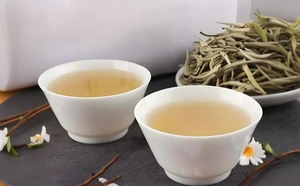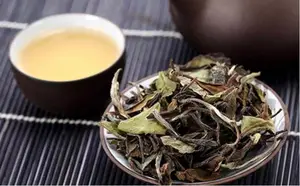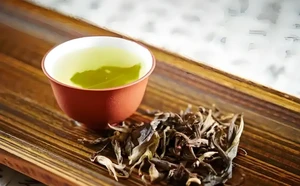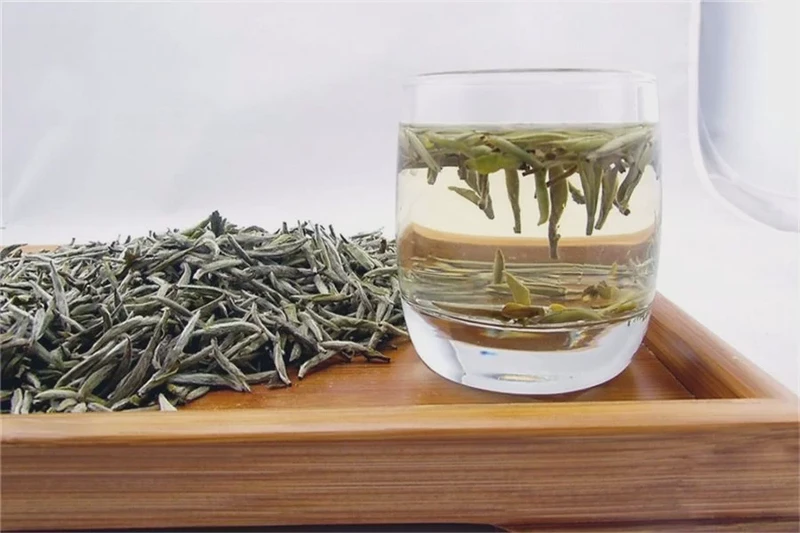

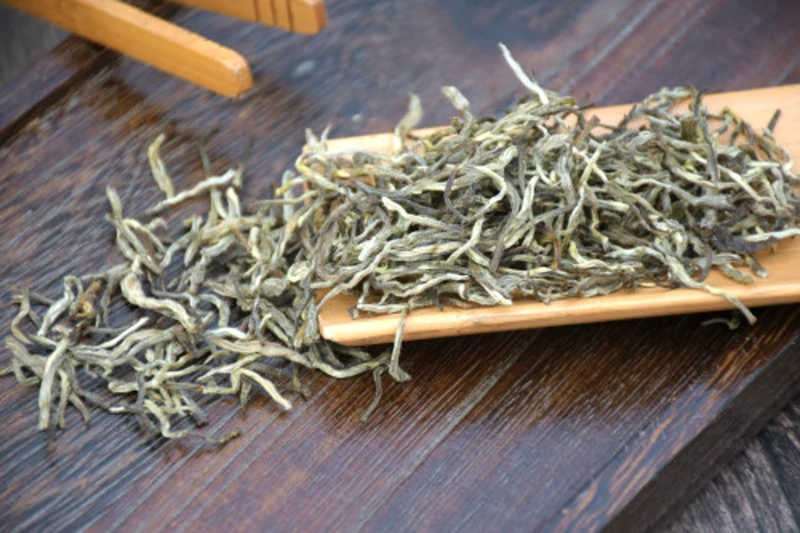
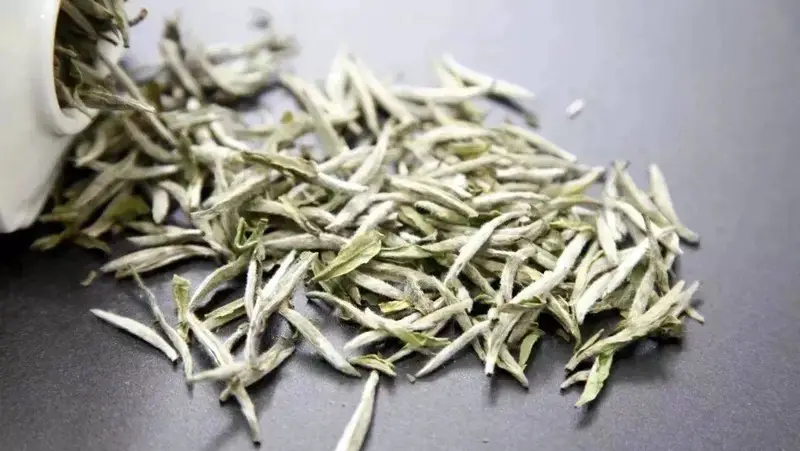
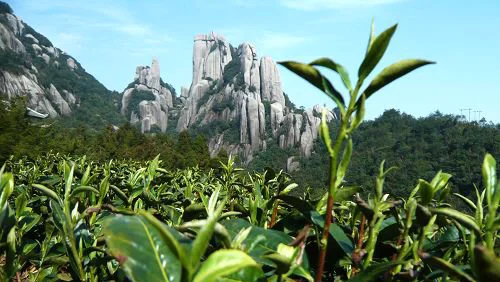
Baihao Yinzhen (Silver Needle White Tea)
Origin
Fujian
Category
White Tea
Harvest Time
Pre-Qingming
Processing
Withering & Drying
Description
Bai Hao Yin Zhen, meaning 'White Down Silver Needles,' is the most prestigious white tea from Fuding, Fujian Province. Made exclusively from the silvery-white downy buds of the Da Bai Cha cultivar, it is celebrated for its delicate, sweet flavor, light body, and subtle floral aroma.
